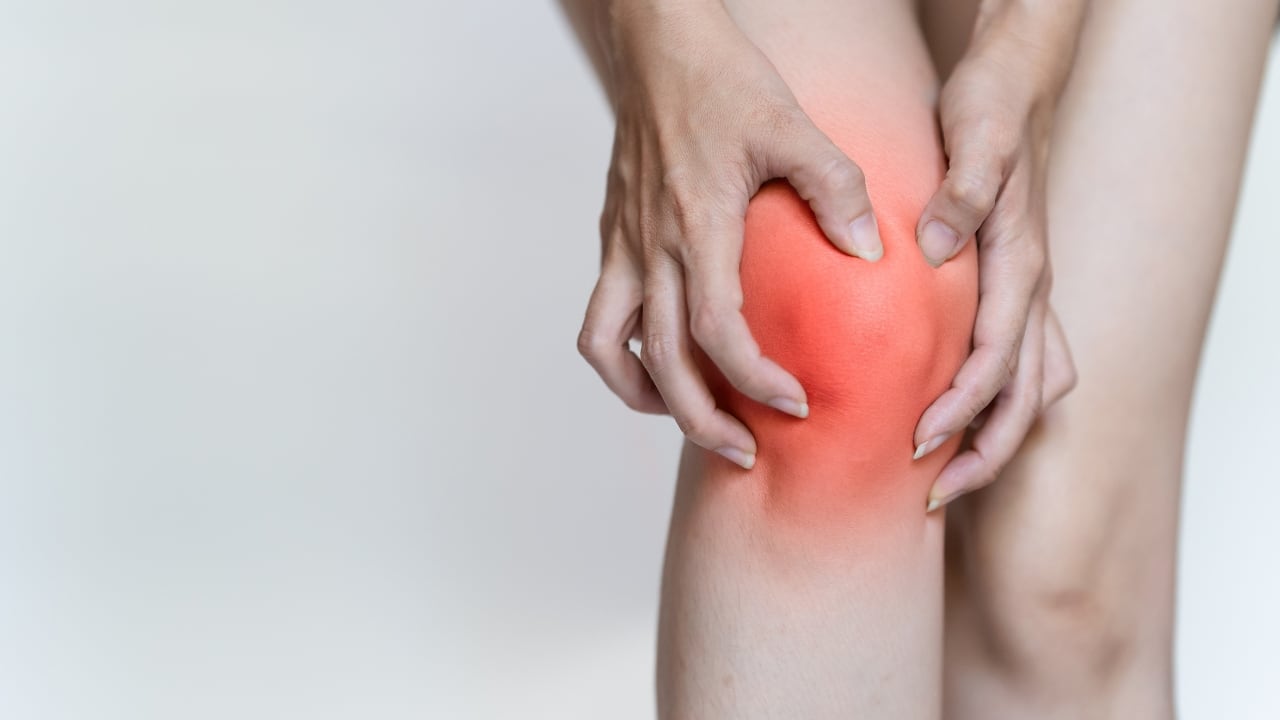
CHRONIC PAIN: ADD HEALTHY DIET, ADEQUATE SLEEP, DAILY EXERCISES TO YOUR DAILY ROUTINE FOR QUICK RELIEF
Chronic pain is a persistent pain that lasts for weeks, months, or even years. It can result from various conditions such as arthritis, nerve damage, or other underlying health issues. Unlike acute pain, which serves as a warning signal for injury, chronic pain is a persistent condition that often affects the quality of life. It can lead to physical discomfort, emotional distress, and significant limitations in daily activities. The goal is to reduce pain levels, improve function, and enhance overall well-being.
Eight steps to relieve chronic pain in older adults suggested by Dr Mridul Shekhar from Prayag healthcare in Indore.
Regular physical activity
Engage in low-impact exercises such as walking, swimming, or tai chi to maintain mobility without exacerbating pain.
Incorporate strengthening and stretching exercises to improve flexibility and muscle strength.
Physical therapy can provide tailored exercise programs that address specific pain issues.
Healthy diet
Eat a balanced diet rich in anti-inflammatory foods like fruits, vegetables, whole grains, lean proteins, and healthy fats.
Stay hydrated to support overall health.
Avoid processed foods and sugars, which can increase inflammation and pain.
Pain management medications
Use over-the-counter pain relievers like acetaminophen or NSAIDs for mild pain relief.
For more severe pain, prescription medications may be necessary but should be used under medical supervision to prevent dependency and manage side effects.
Topical pain relief creams or patches can provide localized pain relief.
Mind-body techniques
Practice relaxation techniques such as deep breathing exercises, meditation, or progressive muscle relaxation to reduce stress and pain perception.
Cognitive-behavioral therapy (CBT) can help manage pain perception and develop coping strategies.
Complementary therapies
Acupuncture can help reduce chronic pain for some individuals.
Chiropractic care or osteopathic manipulative treatment can address musculoskeletal issues contributing to pain.
Massage therapy can reduce muscle tension and improve circulation.
Adequate sleep
Establish a regular sleep routine to ensure sufficient rest and recovery.
Create a comfortable sleep environment and avoid stimulants like caffeine before bedtime.
Address sleep disorders such as sleep apnea, which can exacerbate pain.
Assistive devices and modifications
Use assistive devices like canes, walkers, or ergonomic furniture to reduce strain and improve mobility.
Make home modifications such as installing grab bars in the bathroom or stair lifts to enhance safety and reduce pain from daily activities.
Social support and engagement
Stay connected with family and friends to reduce feelings of isolation and depression, which can worsen pain perception.
Participate in support groups for individuals with chronic pain to share experiences and coping strategies.
Engage in hobbies and activities that bring joy and provide distraction from pain.
2024-06-18T05:35:39Z dg43tfdfdgfd